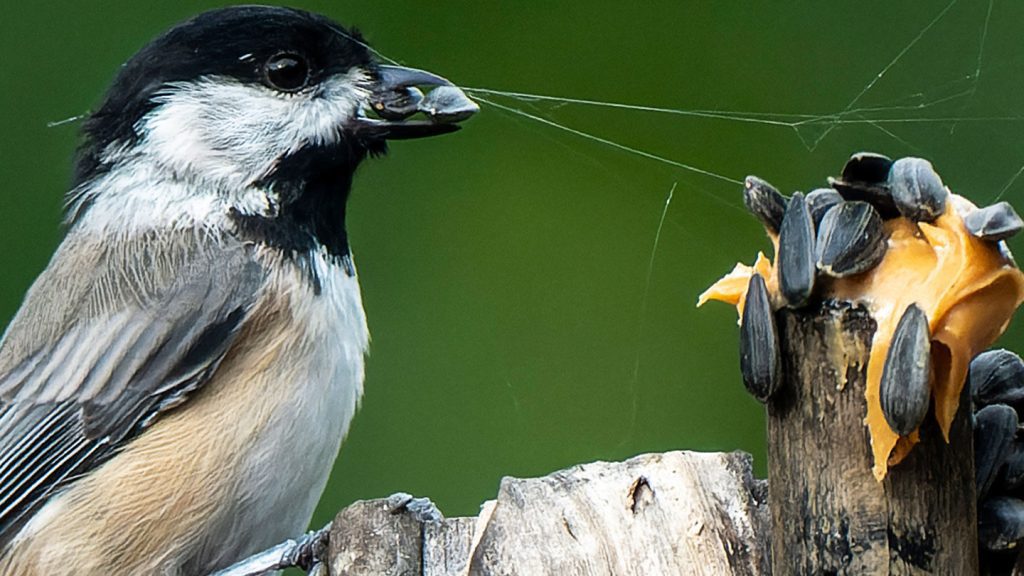Similar to squirrels, black-capped chickadees store their food in hidden spots, remembering the location of thousands of small treasures tucked into cracks or holes in tree bark. When a bird comes back to one of its many food hideaways, a specific group of nerve cells in the memory center of its brain becomes briefly active. When the chickadee visits another stash, a different combination of neurons becomes active.
These combinations of neurons work like bar codes, and studying them could provide crucial insights into how episodic memories — accounts of specific past events, like your activities on your last birthday or where you’ve left your wallet — are stored and remembered in the brain. are encoded and recalled in the brain, researchers report March 29 in Cell.
Studying this type of memory in animals is difficult, says Selmaan Chettih, a neuroscientist at Columbia University. “You can’t just ask a mouse what memories it formed today.” But chickadees’ very precise behavior provides a golden opportunity for researchers. Every time a chickadee makes a cache, it represents a single, well-defined moment logged in the hippocampus, a structure in the vertebrate brain vital for memory.
To examine the birds’ episodic memory, Chettih and his colleagues constructed a special arena consisting of 128 small, artificial storage sites. The team inserted small probes into five chickadees’ brains to monitor the electrical activity of individual neurons, comparing that activity with detailed recordings of the birds’ body positions and behaviors.
When the birds were caching and retrieving their seeds, a specific subset of neurons representing 7 percent or less of the entire hippocampus would briefly light up with activity, Chettih says. Each cache appeared to have its own unique combination of neurons, or neural bar code, and those bar codes differed even for individual caches at the same location.
It’s possible bar codes are a type of engram, the proposed physical manifestations of a memory (SN: 1/24/18). Such bar codes are probably used across many species, considering how similar hippocampus physiology is between animals separated by hundreds of millions of years of evolution, Chettih says. However, more research is needed to confirm this.
Those bar codes seem to work in parallel with another group of neurons in the hippocampus called place cells, which encode information on an animal’s location. Place cells have been widely theorized as the foundation of episodic memory.
This is partly because our perceptions of memory are enmeshed with location, says Kazumasa Tanaka, a neuroscientist at the Okinawa Institute of Science and Technology in Japan who was not involved with the study. “When you recall some specific event that happened in the past, that episodic memory cannot be dissociated from where that event happened, or when that event happened.”
Place cells did not change their activity while storing food, which surprised the researchers. However, the results indicate a more detailed understanding of memory, according to Chettih, where the hippocampus forms a separate “index” that combines all the different inputs from an experience into a specific memory.
Tanaka points out that there are now several potential systems for organizing information in the hippocampus, and it's possible that episodic memory comes from multiple, simultaneous coding methods.
Chettih's team also found a “seed code,” where neurons represent the presence or absence of a seed in a food store. The potential connections between the three different patterns of neuron activity — the bar code, the place code, and the seed code — are intriguing to Thomas McHugh, a neuroscientist at the RIKEN Center for Brain Science in Wakō, Japan, who was not part of the study.
“Understanding how they interact is probably going to tell us a lot more about how memory works,” McHugh says.



